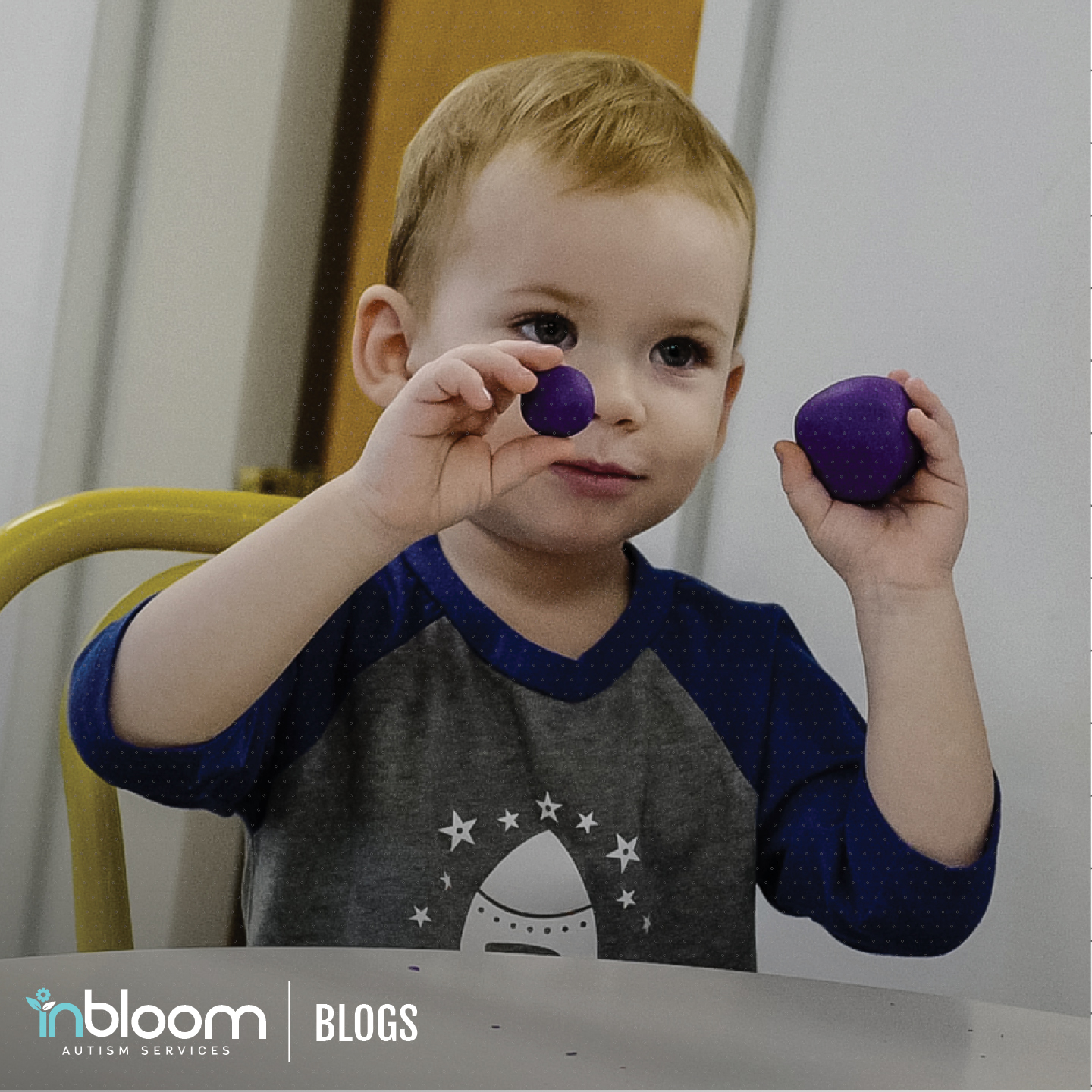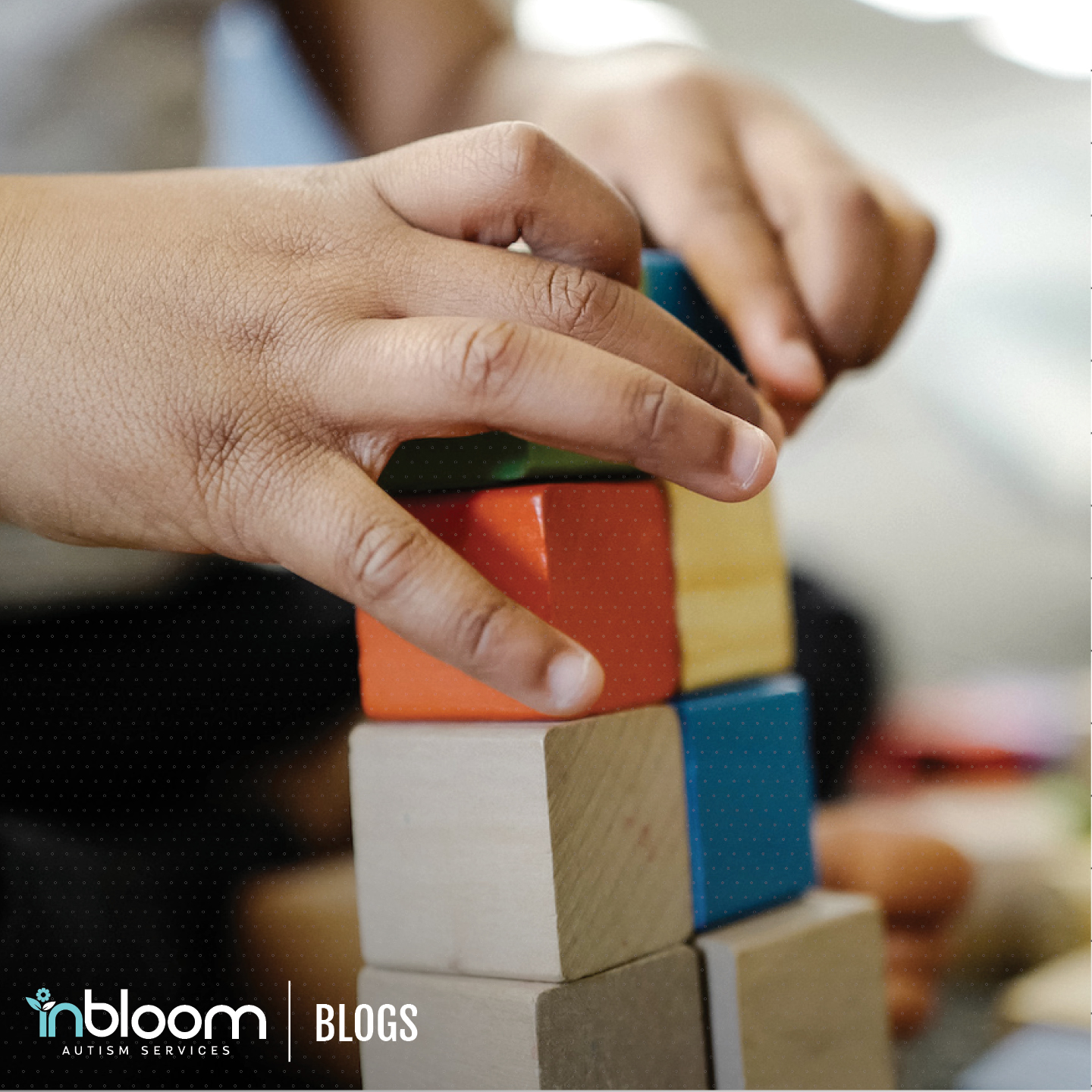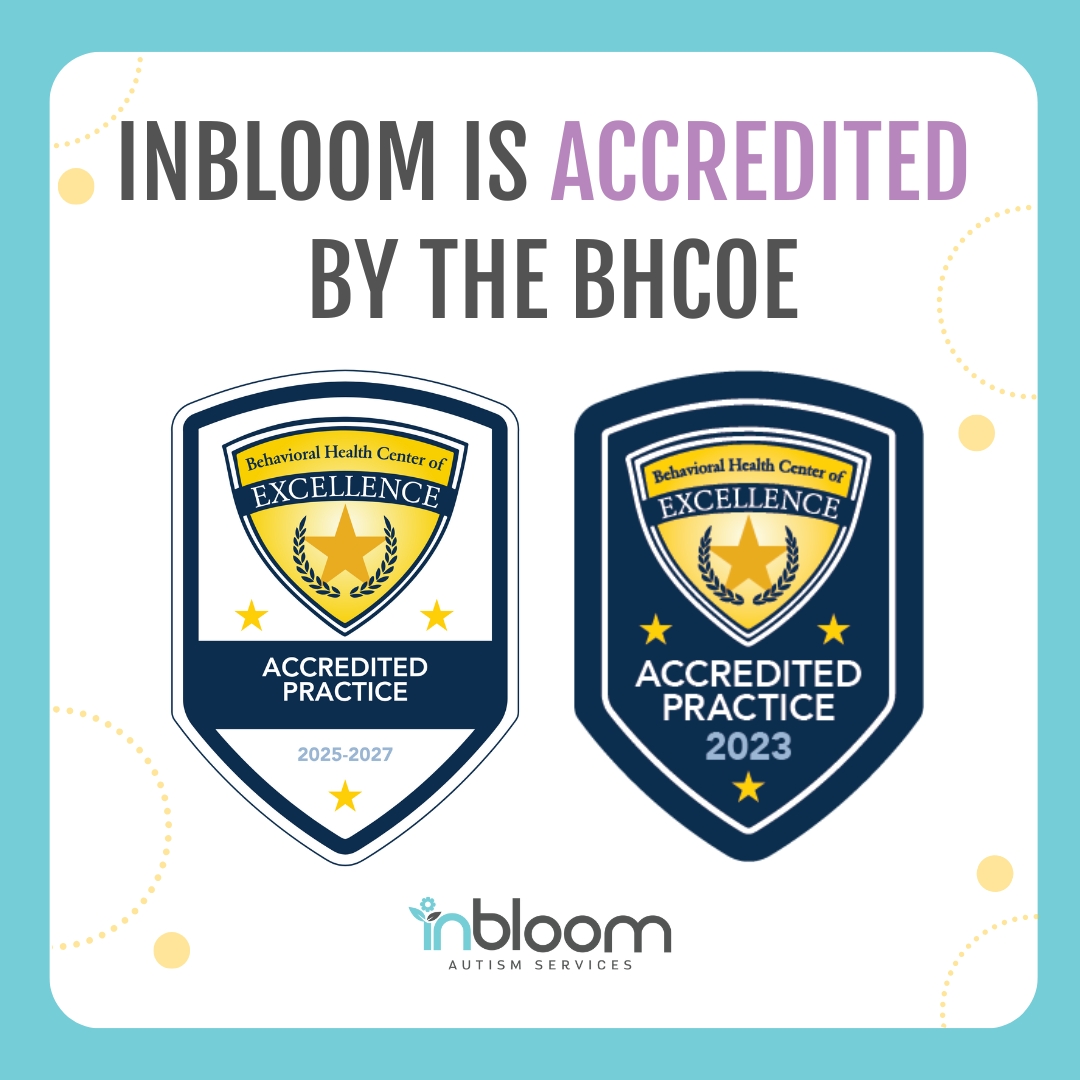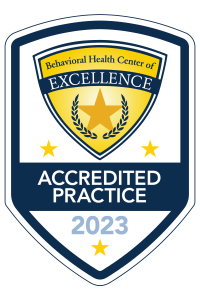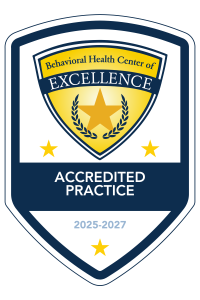ABA Prompt Hierarchy
A prompt in ABA therapy is a cue or aid that helps a child with autism master a new skill. Prompts are just one teaching method our InBloom Registered Behavior Technicians (RBTs) use to help your child build essential life skills and gain confidence and independence. A prompt hierarchy is a useful therapy tool that enables an RBT to support your child’s learning. The therapist gradually withdraws prompts as your child learns new skills, encouraging independence.
Types of Prompts in ABA
A variety of prompts can be used in ABA therapy as part of the learning process. These fall into five main categories: physical, modeling, visual, gestural, and verbal. Let’s unpack these a bit.
Physical Prompts
In a physical prompt, an RBT uses physical guidance or cues to help a child learn a skill. For example, while teaching a kiddo how to wash their hands, an RBT may start by guiding the child’s hands through the process of turning on the water, getting soap, lathering the hands, rinsing, and so forth. This would be considered a full physical prompt.
As a child learns a skill, their therapist may transition to a partial physical prompt, in which a simple physical cue can prompt a child to practice a skill. For example, touching a kiddo’s hand to their shoelaces may be all the prompting needed to help them remember to tie their shoes.
Modeling Prompts
A modeling prompt is just what it sounds like: a therapist demonstrates a skill to help a child learn it. For example, your child may have the goal of learning to eat with a spoon. Their RBT may use modeling to show your child how to perform each step of the skill. The therapists may pick up a spoon and demonstrate how to use it step-by-step.
Visual Prompts
A visual prompt involves a therapist using a visual aid to remind a child to work on a skill. This could be a picture, a video, or another visual aid. For example, while working on toothbrushing, an RBT may hold up a picture of a toothpaste and toothbrush for your child. The prompt cues them to practice this skill.
Gestural Prompts
Any sort of motion or gesture can be a gestural prompt. For instance, pointing to a toybox may prompt your child to practice putting toys away with peers.
Verbal Prompts
Lastly, verbal prompts or cues are sometimes used and are a more subtle type of prompt. By simply saying “Please stand in line for the drinking fountain,” an RBT may be able to encourage a kiddo to initiate this skill.
Application of Prompt Hierarchy
You may notice that this prompting hierarchy is roughly in order, starting with overt and ending with subtle. Helping a kiddo move their hands through the motions of tying their shoes is a more hands-on prompt than pointing toward their sneakers. As a general rule, an RBT uses the least overt prompt necessary to help a child initiate a skill.
Using prompts can be seamlessly incorporated into many facets of ABA therapy by your child’s therapist. For example, during a focused session of working on a skill through Discrete Trial Training (DTT), an RBT may use a modeling prompt to help your child learn the steps and mechanics of a new skill.
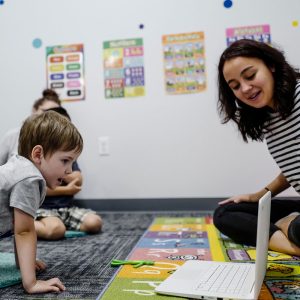
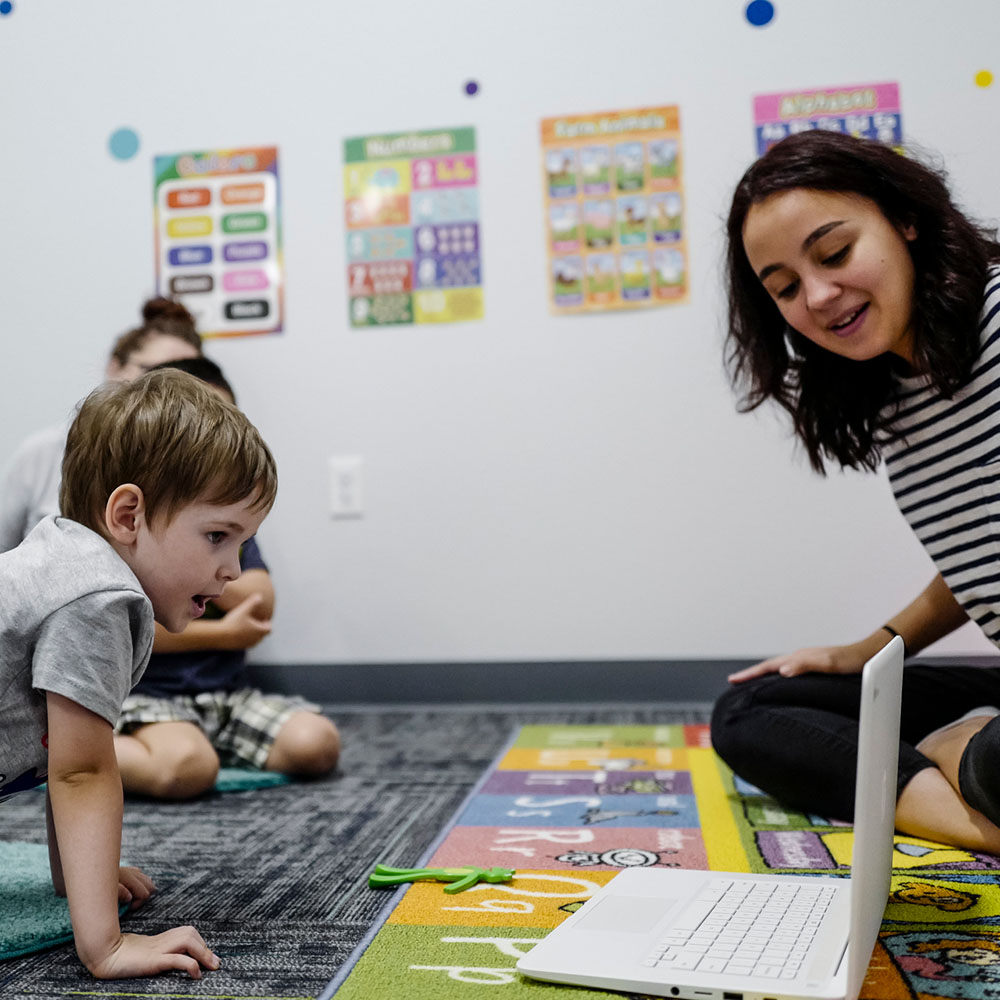
Individualized Assessment and Prompt Selection
Your child’s RBT will assess what type of prompt is necessary to encourage them to practice a skill. For example, if a simple gesture helps them initiate the entire process of brushing their teeth, then a more supportive prompt isn’t necessary.
On the other hand, your child may just be learning how to raise their hand in class. Their therapist may need to start with physical prompting to walk them through the skill. Over time, more supportive prompts are gradually “faded” and replaced with more subtle ones, like gestures or verbal cues. Ultimately, the goal is to remove the prompt altogether because a kiddo no longer needs it!
Positive Impact of ABA Prompt Hierarchy
Prompting creates an effective framework for helping a kiddo master essential skills. One goal of using prompts in ABA therapy is to gradually help children reach a point where they can initiate a skill independently in a variety of situations. This results in greater independence, confidence, and social and academic readiness.
Challenges and Considerations
One challenge that can go along with prompts is ensuring a child doesn’t become dependent on cueing. By fading prompts when possible, RBTs can encourage kiddos into independence and skill mastery more quickly.
A prompt that works well for one child may not be the right choice for another. Skilled RBTs at InBloom carefully individualize prompts for each child based on their learning needs, experience with a skill, and the complexity of the task.

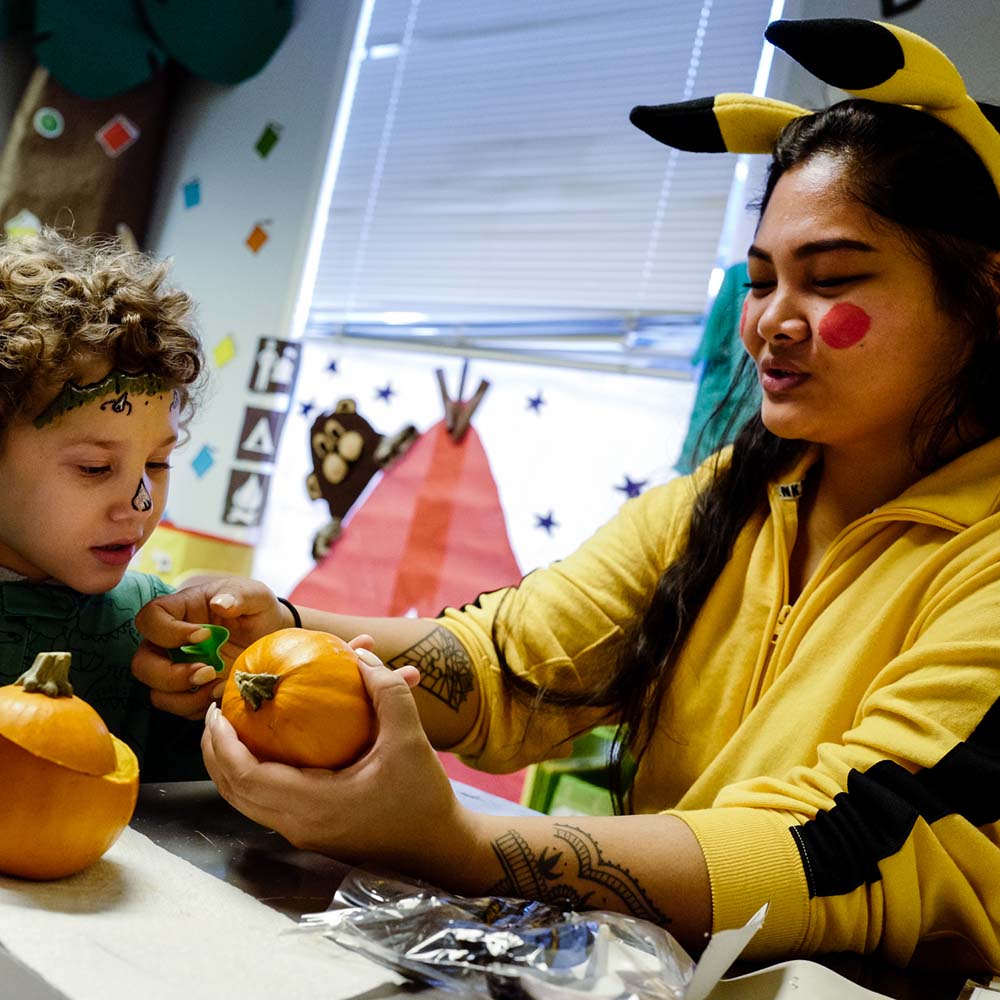
Let InBloom Autism Services Help – Get Started Today!
We recognize that everyone is at a different point in their journey with an Autism diagnosis. So, we specialize in helping you start on a path to support, guidance, and growth at an autism therapy center near you. Our InBloom Care Team is here for you and your family. We are happy to answer any questions you may have.

